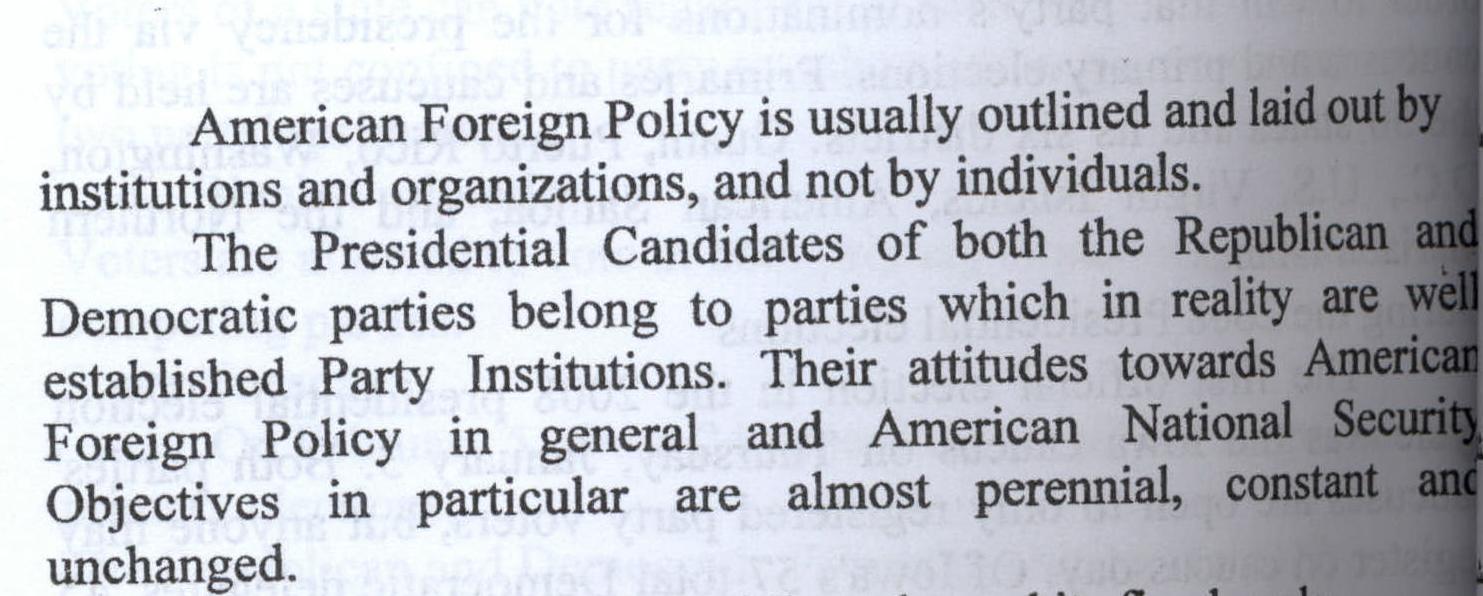
The activation and reaction energies of the C-C and C-H bonds cleavage in pyrene molecule are calculated applying the Density Functional Theory and 6-311G Gaussian basis. Different values for the energies result for the different bonds, depending on the location of the bond and the structure of the corresponding transition states. The C-C bond cleavage reactions include H atom migration, in many cases, leading to the formation of CH2 groups and H-C≡C- acetylenic fragments. The activation energy values of the C-C reactions are greater than 190.00 kcal/mol for all bonds, those for the C-H bonds are greater than 160.00 kcal/mol. The reaction energy values for the C-C bonds range between 56.497 to 191.503 kcal/mol. As for the C-H cleavage rea
... Show More (3)
(3)
The present study analyzes the effect of couple stress fluid (CSF) with the activity of connected inclined magnetic field (IMF) of a non-uniform channel (NUC) through a porous medium (PM), taking into account the sliding speed effect on channel walls and the effect of nonlinear particle size, applying long wavelength and low Reynolds count estimates. The mathematical expressions of axial velocity, stream function, mechanical effect and increase in pressure have been analytically determined. The effect of the physical parameter is included in the present model in the computational results. The results of this algorithm have been presented in chart form by applying the mathematical program.
 (1)
(1)
Tin oxide (Sn) nanoparticles were prepared by pulsed laser ablation (PLA) method at different laser energies (400-700mJ). (UV, XRD, AFM, SEM, EDS) methods were employed to determine the properties of nanomaterials. The optical properties showed that the energy gap decreased with increasing laser power; the structural properties showed the relationship between density and angle; Miller's coefficients for net angles were determined and the morphology properties showed the element's surface shape and surface roughness. Also, Tin oxide nanoparticles with added to Staphylococcus aureus bacteria isolated from the ear and cultured by striking method on nutrient agar to know the effect of tin oxide nanoparticles on the growth o
... Show MoreSludge from stone-cutting (SSC) factories and stone mines cannot be used as decorative stones, stone powder, etc. These substances are left in the environment and cause environmental problems. This study aim is to produce artificial stone composite (ASC) using sludge from stone cutting factories, cement, unsaturated resin, water, silicon carbide nanoparticles (SiC-NPs), and nano-graphene oxide (NGO) as fillers. Nano graphene oxide has a hydrophobic plate structure that water is not absorbed due to the lack of surface tension on these plates. NGO has a significant effect on the properties of artificial stone due to its high specific surface area and low density in the composite. Its uniform distribution in ASC is very low due to its hydropho
... Show More (1)
(1)
 (1)
(1)
This research, involved synthesis of some new 1,2,3-triazoline and 1,2,3,4- tetrazole derivatives from antharanilic acid as starting material .The first step includes formation of 2-Mercapto-3-phenyl-4(3H)Quinazolinone (0) through reacted of anthranilic acid with phenylisothiocyanate in ethanol, then compound (0) reaction with chloro acetyl chloride in dimethyl foramamide (DMF) to prepare intermediate S-(α-chloroaceto-2-yl)-3-phenylquinazolin-4(3H)-one (1); compound (1) reacted with sodium azide to yield S-(α-azidoaceto-2-yl)-3-phenylquinazolin-4(3H)-one (2), while Schiff bases (3-10) were prepared from condensation of substituted primary aromatic amines with different aromatic aldehydes in absolute ethanol as a solvent. Compound (2)
... Show MoreA novel series of mixed-ligand complexes of the type, [ML 1 (L 2 ) 3 ]Cl x [M = Cr(III), Fe(III), Co(II),Ni(II), Cu(II), Cd(II) and Hg(II), n = 2, 3], was synthesized using Schiffbase (HL 1 ) as main ligand, nicotinamide (L 2 ) as secondary ligand, and the corresponding metal ions in 1:3:1 molar ratio. The main ligand, HL 1 was prepared by the interaction of ampicillin drug and 4-chlorobenzophenone. The synthesized mixed ligand complexes were characterized by elemental analysis, UV-Vis, FT-IR, 1 H-NMR, 13 C-NMR and TG/DTG studies. In the mixed-ligand complexes, the Schiffbase ligand, HL 1 showed coordination to the central metal ion in tridentate manner via azomethine nitrogen, β-lactam ring oxygen and deprotonated carboxylic oxy- gen atom
... Show MoreComplexes of Au (III), Pd (II), Pt (IV ) and Rh(III) with S–propynyle-2- thiobenzimidazole (BENZA) have been prepared and characterized by IR and UV- Visible spectral methods in addition to magnetic and conductivity measurements and micro–elemental analysis (CHN).The probable structures of the new complexes have been suggested.
Development of improved methods for the synthesis of metal oxide nanoparticles are of high priority for the advancement of material science and technology. Herein, the biosynthesis of ZnO using hydrahelix of beta vulgaris and the seed of abrus precatorius as an aqueaus extracts adduced respectivily as stablizer and reductant reagent. The support are characterized by spectroscopic methods ( Ft-IR, Uv-vis ).The FTIR confirmed the presence of ZnO band. The Uv-visible showed absorption peak at corresponds to the ZnO nanostructures. X-ray diffraction, scaning electron microscopy (SEM), dispersive X-ray spectroscopy (EDX) techniques are taken to investigation the size, structure and composition of synthesised ZnO nanocrystals. The XRD pattern mat
... Show MoreThis study aims to examine the relationship between emotional intelligence and academic adaptation among a sample of gifted students in intermediate and high schools in Jeddah, Saudi Arabia. The study also seeks to examine the differences between group means in emotional intelligence and academic adaptation due to demographic variables (gender and school level). In addition, the study aims to examine the role of emotional intelligence in predicting the level of academic adaptation. The researcher performed the descriptive, correlational, predictive, and comparative approaches to collect the data from a sample comprised of (309) gifted students using the emotional intelligence scale developed by Bar-on (2000), whi
... Show More